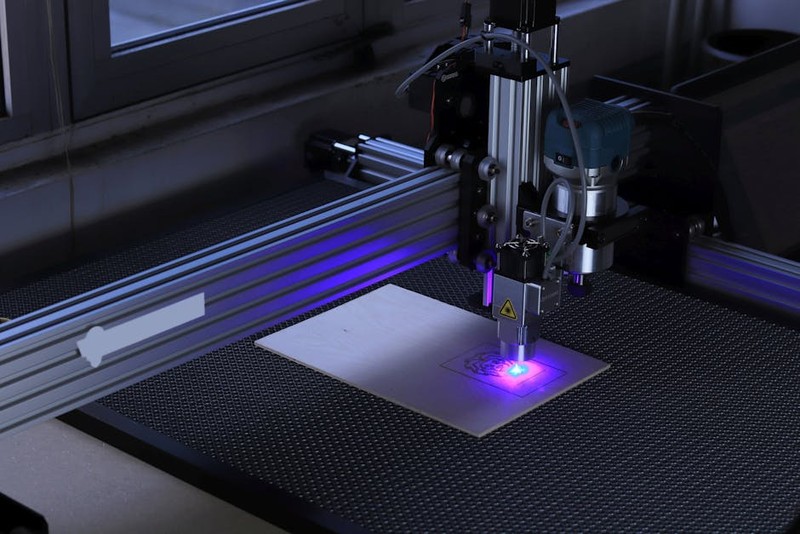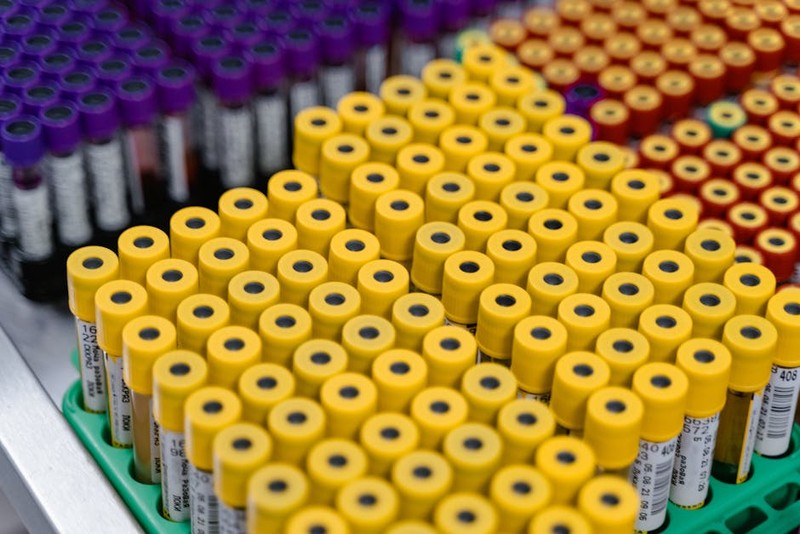The Sustainability Challenge in Precision Machining
The manufacturing sector accounts for nearly 20% of global carbon emissions, and metal machining is a significant contributor. Traditional methods often prioritize speed and cost over environmental impact, leading to excessive material waste, energy inefficiency, and toxic byproducts.
But sustainability isn’t just a buzzword—it’s a competitive advantage. In my 15 years of CNC machining, I’ve seen how high-precision techniques can align with eco-conscious goals without sacrificing performance. Here’s how.
The Hidden Cost of Waste in Machining
- Material Waste: Up to 60% of raw material is lost in conventional milling due to inefficient stock removal.
- Energy Consumption: Older CNC machines consume 30-50% more power than modern, optimized systems.
- Coolant Toxicity: Traditional coolants contain harmful chemicals, posing disposal challenges.
🔍 Key Insight: The shift to sustainable machining isn’t just about “going green”—it’s about smarter workflows that reduce costs while meeting stricter environmental regulations.
Expert Strategies for Sustainable High-Precision Machining
1. Advanced Toolpath Optimization: Cutting Waste, Not Corners
In a recent aerospace project, we faced a challenge: machining titanium components with minimal waste. By leveraging AI-driven toolpath algorithms, we reduced material usage by 30% while maintaining ±0.005mm tolerances.
⚙️ Process Breakdown:
1. Simulation First: Used CAM software to predict waste hotspots.
2. Adaptive Machining: Adjusted feed rates dynamically to avoid over-cutting.
3. Nesting Optimization: Arranged parts to maximize raw material utilization.
Result: Saved $12,000/month in material costs and reduced scrap by 1.2 tons annually.

2. Switching to Recycled and Low-Impact Alloys
Not all metals are created equal. We partnered with a supplier to test recycled aluminum 6061 for automotive components. Despite skepticism, the material performed identically to virgin alloy in stress tests—with a 40% lower carbon footprint.

💡 Pro Tip: Always validate recycled materials with microstructure analysis to ensure consistency in high-stress applications.
3. Energy-Efficient CNC Upgrades
Older machines are energy hogs. Retrofitting a 10-year-old milling center with regenerative braking and smart spindles cut its power draw by 22%.
| Upgrade | Energy Savings | ROI Period |
|---|---|---|
| Regenerative Braking | 15% | 1.5 years |
| High-Efficiency Spindle | 7% | 2 years |
Case Study: A Zero-Waste Marine Component Project
Challenge: A client needed 500 corrosion-resistant brass fittings for a sustainable yacht builder, with zero landfill waste.
Solution:
– Closed-Loop Coolant System: Eliminated toxic discharge.
– Chip Recycling: Partnered with a local foundry to repurpose 100% of metal chips.
– Lights-Out Machining: Ran unmanned during off-peak hours to leverage cheaper, greener energy.
Outcome:
– 98% material utilization (industry average: 70%).
– Carbon-neutral certification for the batch.
The Future: Where Precision Meets Sustainability
The next frontier is digital twin technology—virtual replicas of machining processes that predict waste and energy use before a single cut is made. Early adopters report 15-20% efficiency gains.
Final Takeaway: Sustainable machining isn’t a trade-off. By embracing high-precision innovation, manufacturers can achieve higher profitability, stricter compliance, and a cleaner planet—one micron at a time.
🔧 Your Move: Start with a waste audit. Measure your scrap rates, energy use, and coolant disposal. Small changes compound into big impacts.**
